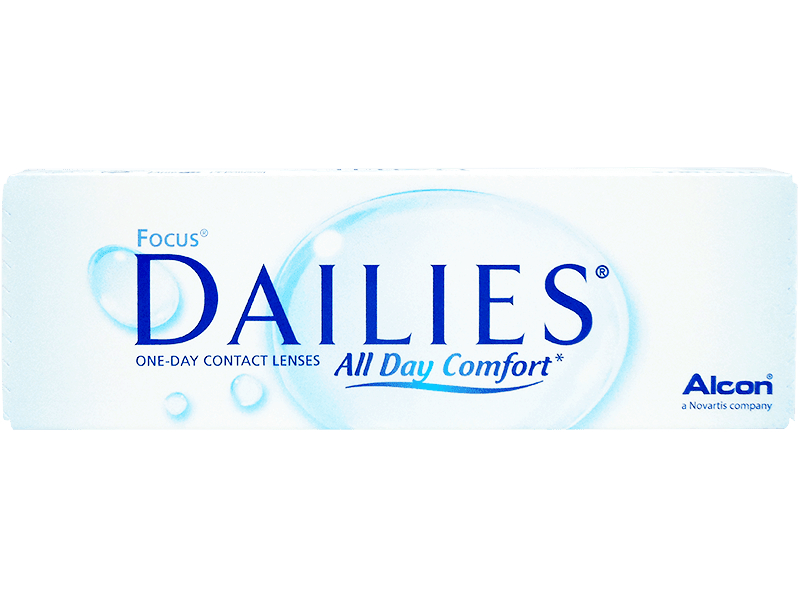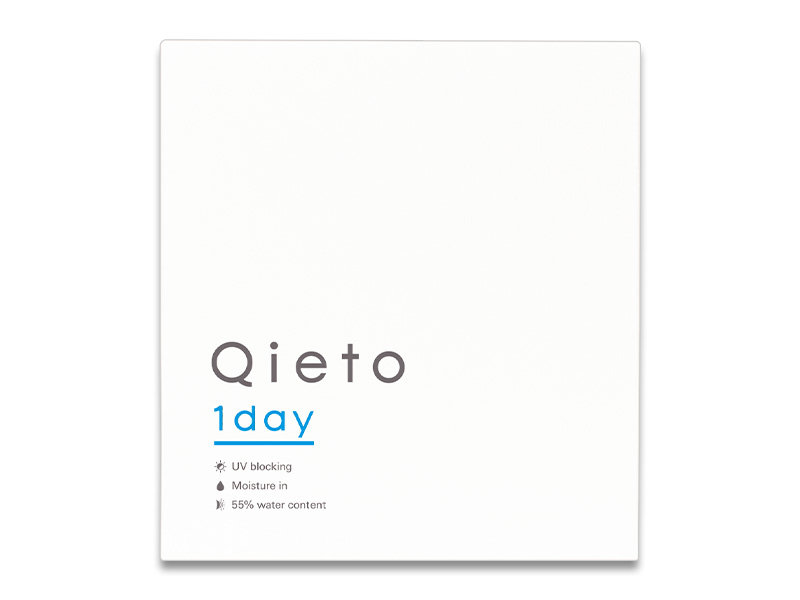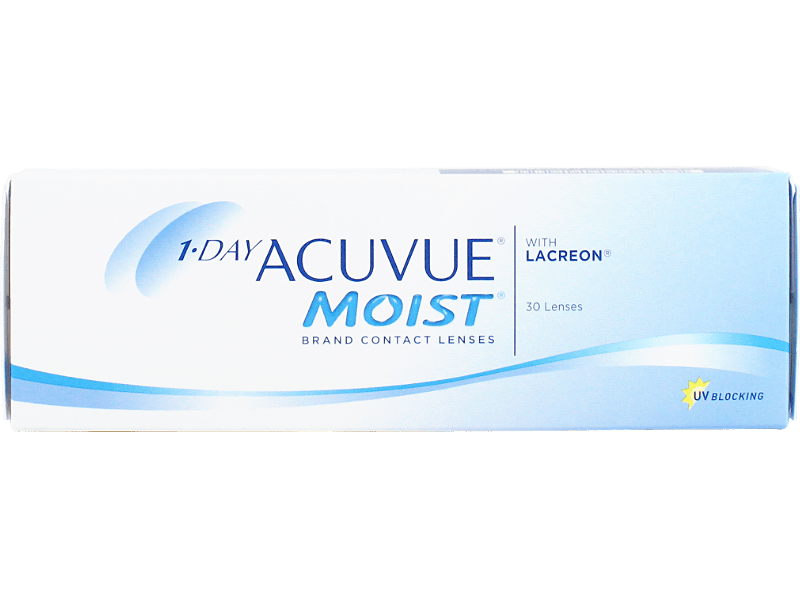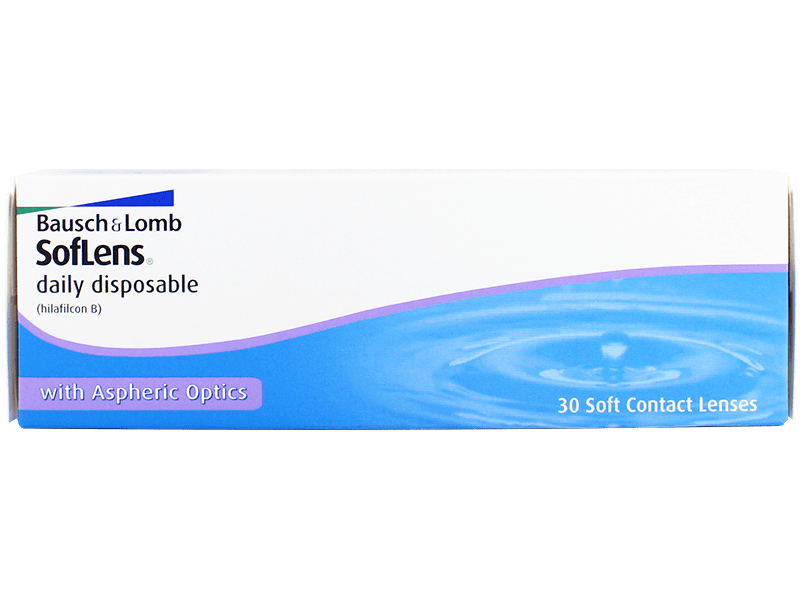

How much do contact lenses cost per month/year?
Contact lens costs vary depending on the manufacturer and product. As a guideline, a one month supply of one-day contact lenses (excluding colour, toric and multifocal) costs about $42 so by converting this into monthly or yearly units, you can calculate the cost of contact lenses.
The average cost of daily contact lenses per month
2 boxes of 30 one-day contacts
*The average cost of daily contact lenses $42
$42 x 2 (both eyes)
=$84
The average cost of daily contact lenses per year
Contact Lenses cost per month x 12 months
*The average cost of daily contact lenses $42
$42 x 2 (both eyes) x 12 months = $1008
How to save costs on your contact lenses
Contact lenses cost a lot of money on an annual basis.
How can you save the cost on contact lenses?
 Compare products in the same functional range.
Compare products in the same functional range.
 Take advantage of any sales or promotional opportunities.
Take advantage of any sales or promotional opportunities.
 Make sure to subscribe to emails (There are many promotions exclusive to subscribers).
Make sure to subscribe to emails (There are many promotions exclusive to subscribers).
 Purchase in bulk (cheaper cost per unit and save shipping costs)
Purchase in bulk (cheaper cost per unit and save shipping costs)
You may be able to buy contact lenses with similar specifications at a lower price.

Price and feature comparison (popular daily lenses)
Scroll to the right.
With Qieto, you can save $48-$360 per year compared to contact lenses with the same function!!!!
(Based on the base prices as of June 2023.)

Qieto1day (30 Pack)
One-Day Disposable / Lens For All Day Wear
Approval Number : 22900BZX00076A09
$24.90

Features of Qieto
High oxygen permeability
Fits your eyes perfectly straight away.
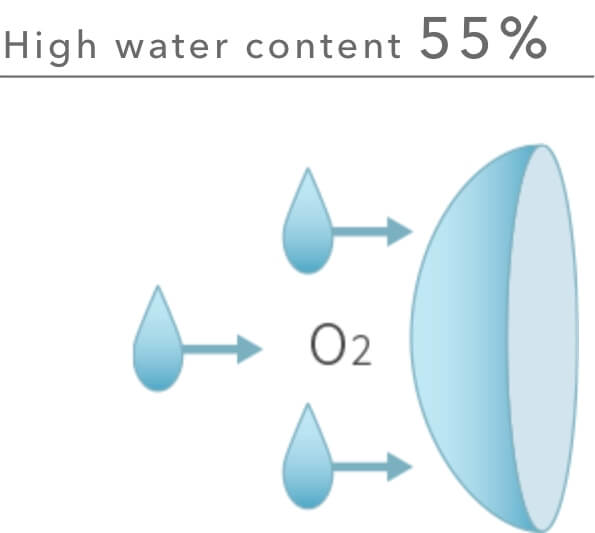
Features of high water content lens
The higher the water content in a contact lens, the more oxygen reaches the cornea which is important for healthy eyes. The lens is soft and fits the eye comfortably due to the high water content.
W-Moisture materials
Natural and comfortable to wear
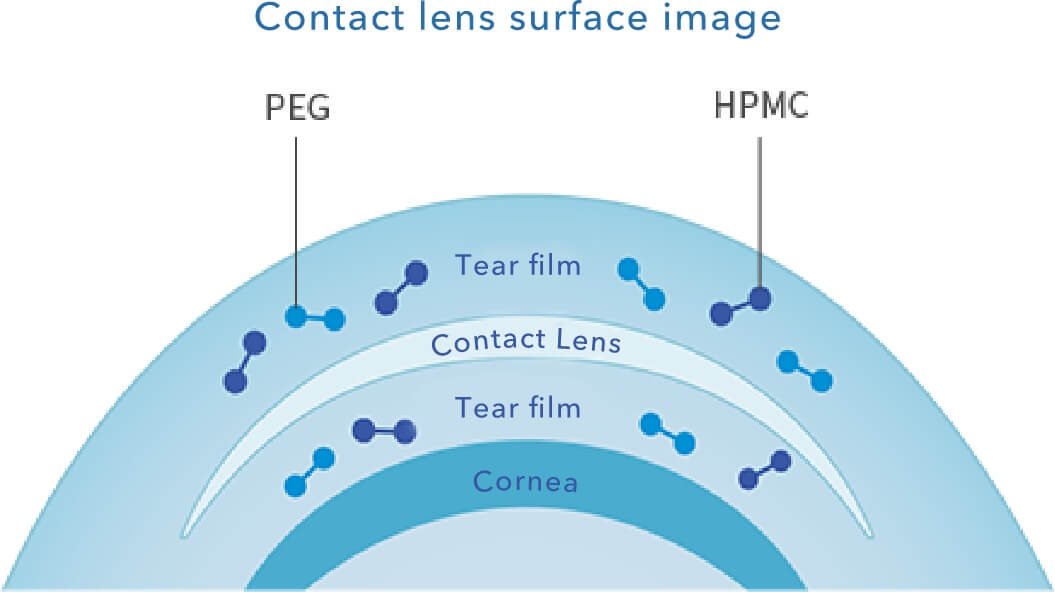
Moisturising material 1 HPMC (hydroxypropyl methylcellulose)
It is used in many cosmetics and as artificial tears for the treatment of dry eye. By blending HPMC in the lens preservative solution, a veil is formed on the lens surface and creates a more comfortable fit.
Moisturising material 2 PEG (polyethylene glycol)
It is water-soluble and is used as a material to smooth the texture of ointments, lotions and bath salts.
UV protection

Protect yourself from UV!
We are exposed to higher levels of UV radiation than other countries due to our latitude, the thinner ozone layer and more.
Every time we go out into the sun without eye protection, we risk developing an eye disorder later in life.
Take the necessary measures to protect your eyes against harmful UV rays with wearing UV- protected contact lenses, sunglasses and hats etc as well as using sunscreen for your skin!
What is UV?
Ultraviolet A (UV‑A) : long wave UV,not absorbed by the ozone layer, and is associated with skin aging (soft UV)
Ultraviolet B (UV‑B) : medium wave UV, ,mostly absorbed by the ozone layer, and is associated with skin burning (intermediate UV)
Ultraviolet C (UV-C) : short wave UV, completely absorbed by the ozone layer and atmosphere (hard UV)
How does UV harm our eyes?
Our eyes absorb sunlight in three parts: visible light, UVA rays and UVB rays.
When your eyes absorb too much of any type of light, the chemicals in your eye tissue react. Over-exposure to UV light can damage your cornea, lens and retina.
Three of the most common UV-related eye conditions are cataracts, pterygium (a viscous growth on the surface of the eye) and photokeratitis (or corneal sunburn).
Ophthalmologists warn that exposure to excessive UV light raises the risks of eye cancer and macular degeneration.

Main functions of contact lenses
A numerical value for the amount of water contained in a contact lens.
They are divided into high water content lenses and low water content lenses.
Characteristics of high water content lens
The amount of water contained in the lens is high, so it is soft and comfortable to wear.
Characteristics of low water content lens
The amount of water contained in the lens is low, so they dehydrate less, and are less likely to dry the eyes out.
Oxygen Permeability
A numerical value that measures how much oxygen a contact lens allows to pass through.It is displayed as a value of Dk/L, and the higher the number, the more oxygen passes through.
UV Cut
A function that cuts ultraviolet rays (UV). It is said that long-term exposure to UV rays increases the risk of developing diseases such as cataracts.
UV-B About 98%
(Our Actual Measurement Value At -3.00D)
UV-B About 97%

